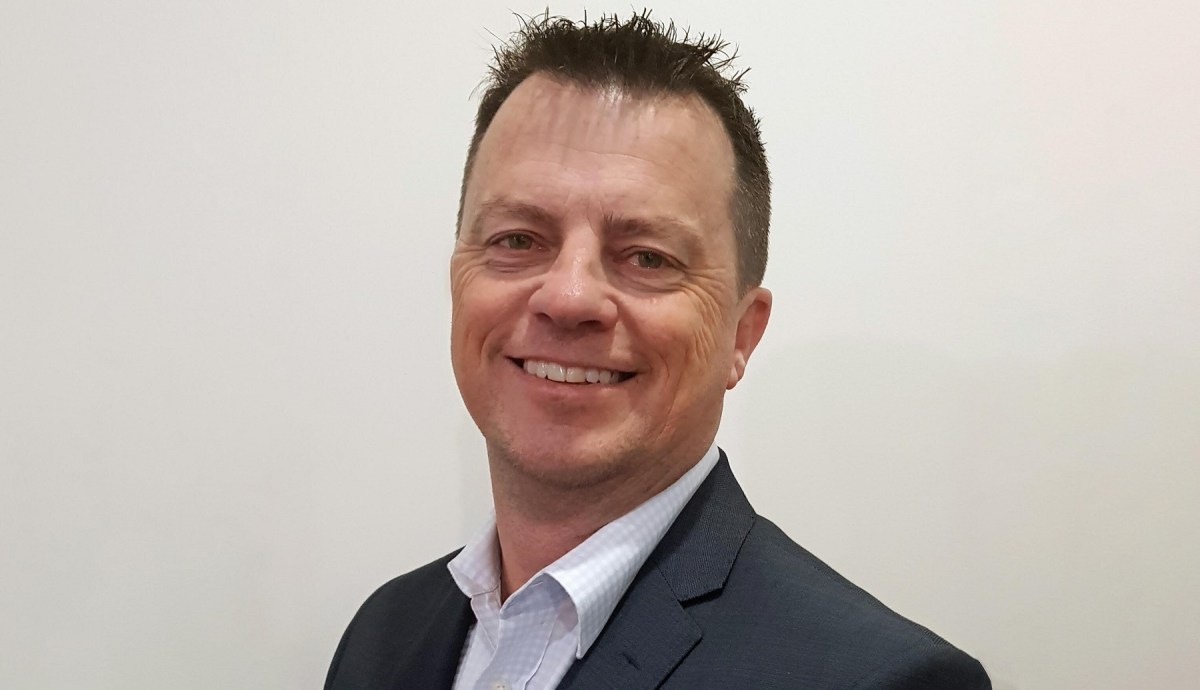As industry attitudes and consumer behaviours change, so does the challenge of sustaining a business in the fashion industry. The global health crisis has accelerated the need for fashion and retail brand owners to reconsider their current business models to satisfy their digitally native consumers while maintaining omni-channel supply and ensuring sustainable production.
“In 2021, the COVID-19 pandemic will accelerate industry trends, with shopping shifting to digital channels and consumers continuing to champion fairness and social justice.” The Business of Fashion and McKinsey & Company, The State of Fashion 2021 Report
Whether large or small, fashion brands can turn these challenges into opportunities by transforming their business models. How does your organisation meet the expectations and desires of today’s digital consumers? Are you still using old technology that might have served you well in the past but is now beyond its shelf life? If you already have an Enterprise Resource Planning (ERP) system in place, there’s a good chance it’s no longer able to keep up with your business needs and growth aspirations.
Here are three major benefits of a smart, preconfigured, and modern fashion ERP:
- Suited for your needs
A smart ERP offers a mix of broad features and deep fashion-specific capabilities to address your pain points as a fashion brand, both now and in the future. For example, you may want to start offering repair, resale, or recycling to support a more sustainable circular fashion model. Having that support built into the standard solution with no need for costly modifications provides peace of mind. All the while, you can trust the core is built for fashion and will allow you to evolve your business models, all while supporting omni-channel sales and global inventory visibility while automating buy planning based on channel demand.
2. Fluent in fashion
A preconfigured ERP can help you get up and running faster, as good practices and years of fashion experience are built in. With capabilities for managing styles, collections, seasons, bulk orders, pre-packs and more, there’s no need to design and configure from scratch. In addition, with a solution that understands and speaks your language, you can focus your efforts on areas of innovation and differentiation. This is the type of approach Zadig & Voltaire took in their own fashion ERP project, using three main principles: making simple functional choices to encourage adoption, opting for a standard product to facilitate its maintenance, and redesigning processes to adapt them to the tool, thereby aligning the entire organisation with market best practices.
3. Technology to support innovation and differentiate your brand
Modern cloud ERP technology enables you to transform your business to innovate faster. If you need to meet the needs of today’s conscious consumers who by nature are mobile and digital, you can feel secure you have the right platform in place to support your business. If you need to evolve your business model, innovate around new channels to market, or capture data from your extended supply chain to support a new sustainability initiative, it’s much easier with access to modern technology and the cloud.
The challenges facing the fashion industry are universal, and the environment is in a constant state of evolution due to its reliance on consumer demand and the global climate. Maybe you have already witnessed these challenges in your own fashion organisation, or maybe you see them on the horizon, but the best thing you can do is be prepared. Wherever possible, look to adopt a proactive approach to innovation and implement solutions now to better secure your future.
Jarrod Kinchington is managing director for Infor Australia and New Zealand.

